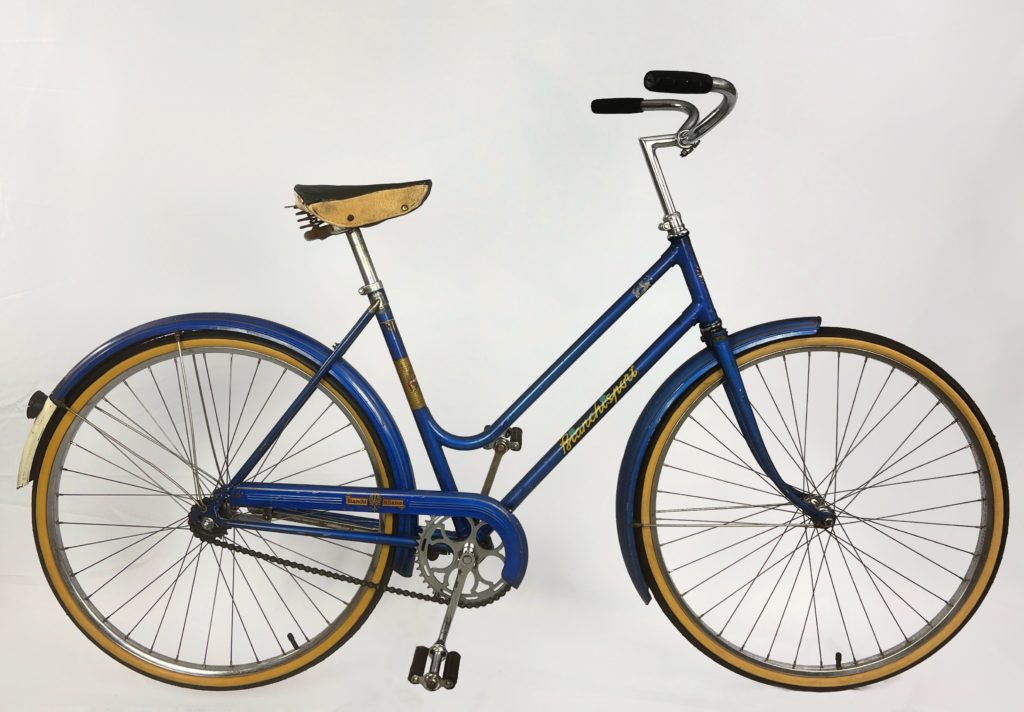
It’s been a few years since I’ve restored a bike older than the 1970s, and this Bianchi Sport was the perfect candidate. With a timeless, classic design and high quality details, it was born to cruise the streets in style. Mechanically simple, it retains a few distinctively Bianchi features that set it apart from the rest. Read on to learn about this lovely ladies’ bike and the restoration process.
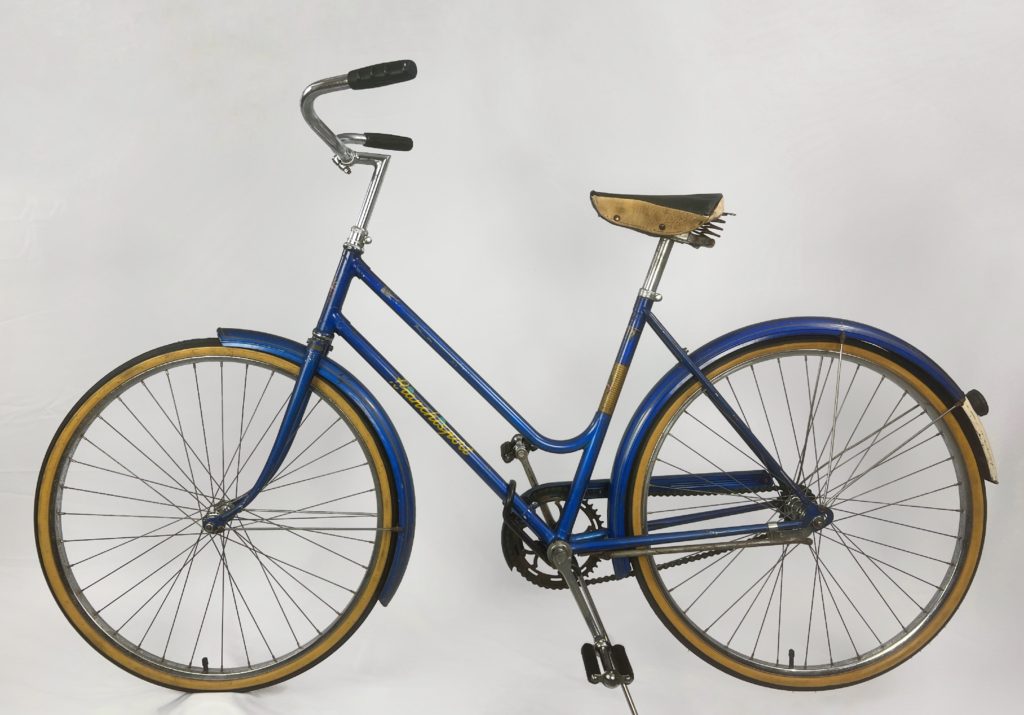 Bianchi is the world’s oldest bicycle manufacturer still in existence, tracing their lineage back over 135 years to 1885. Unlike my previous articles on Benotto and Gios bicycles, I won’t recount the history of Bianchi here, but this informative article by Kurt Gensheimer is a great place to start, as is their Wikipedia entry.
Bianchi is the world’s oldest bicycle manufacturer still in existence, tracing their lineage back over 135 years to 1885. Unlike my previous articles on Benotto and Gios bicycles, I won’t recount the history of Bianchi here, but this informative article by Kurt Gensheimer is a great place to start, as is their Wikipedia entry.
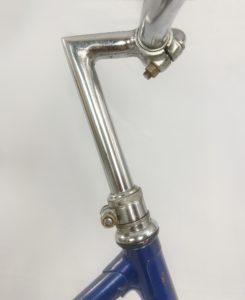 The best clue to dating this bicycle was the integrated “headclip” style headset, a Bianchi innovation from the 1950s. It was phased out by the late 1960s. Tension is maintained via the horizontal bolt that holds the clip. Part of the headset is integrated directly into the head tube (the blue parts) with the rest finished in bright chrome.
The best clue to dating this bicycle was the integrated “headclip” style headset, a Bianchi innovation from the 1950s. It was phased out by the late 1960s. Tension is maintained via the horizontal bolt that holds the clip. Part of the headset is integrated directly into the head tube (the blue parts) with the rest finished in bright chrome.
A lovely long-neck Ambrosio stem, manufactured specifically for Bianchi’s proprietary headset, puts the handlebars right where you need them.
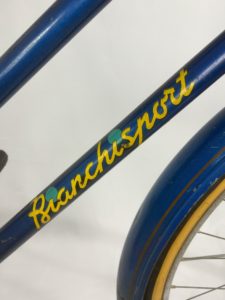 The restoration process took about three days’ work, and mostly consisted of cleaning up the bike and shining the chrome. The headset, stem and bars have very little pitting and shine brightly. The cranks have some chrome loss, and the chrome steel rims (26 & 1 3/8″ size) were the toughest part. I spent a lot of effort removing rust and grime, followed by rubdowns with progressively finer grades of 3M pads, followed by tin foil (to restore the shine) and then a final polish with Simichrome. I trued the wheels, replaced a few spokes, and added new inner tubes. The tires are Kenda replacements with tan sidewalls appropriate to the vintage.
The restoration process took about three days’ work, and mostly consisted of cleaning up the bike and shining the chrome. The headset, stem and bars have very little pitting and shine brightly. The cranks have some chrome loss, and the chrome steel rims (26 & 1 3/8″ size) were the toughest part. I spent a lot of effort removing rust and grime, followed by rubdowns with progressively finer grades of 3M pads, followed by tin foil (to restore the shine) and then a final polish with Simichrome. I trued the wheels, replaced a few spokes, and added new inner tubes. The tires are Kenda replacements with tan sidewalls appropriate to the vintage.
The Bianchi logo is featured prominently throughout the bike, from logos on the headtube, seat tube, saddle, chain guard, and fender to the engraved “Bianchi” on the cranks. While the styling of Bianchi Sport city bikes changed little between the 1940s-1960s, the chain guard provides another to clue to its age. Bianchi Sport bikes prior to the 50s have fully-enclosed chain cases, which progressively shed material over the decade to expose the chain on the lower half by 1960.
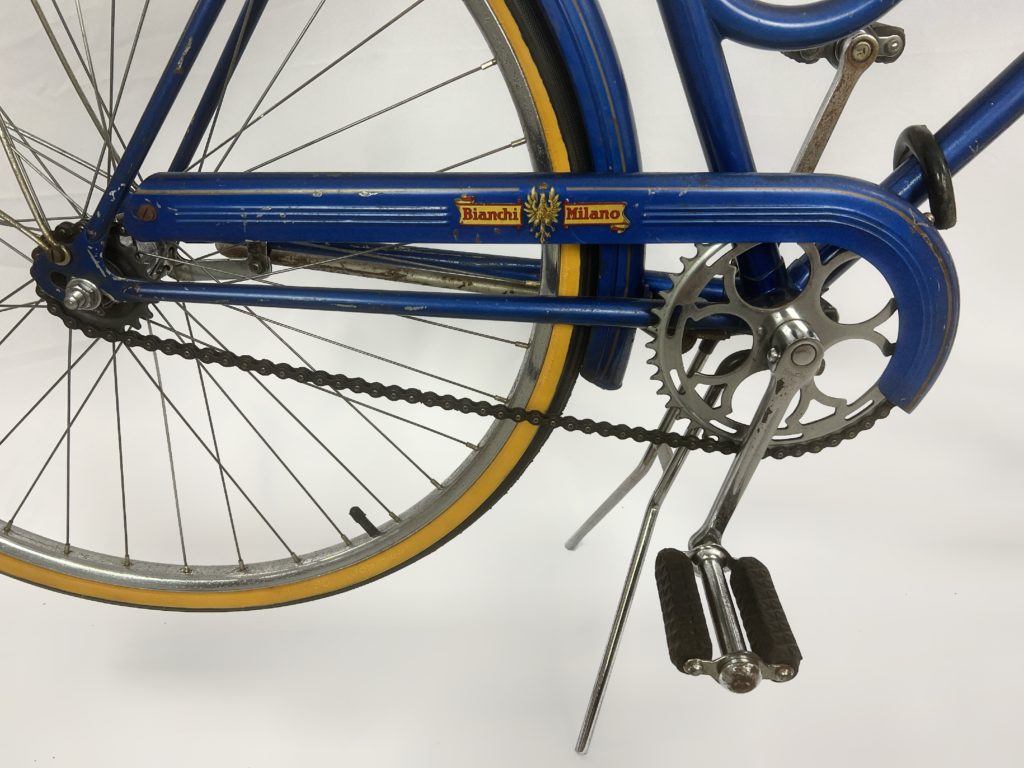 The drive train of the bike is pure simplicity: a single speed with a coaster brake. The rear hub is a Centrix JRB-912, made in West Germany in the 1950s. I am not sure if it is original to the bicycle, but matches the same era. No additional brakes are provided, but having ridden this bike around Brooklyn, the coaster brake is all you need. This isn’t a racing bike and it moves at a pleasant, unhurried pace.
The drive train of the bike is pure simplicity: a single speed with a coaster brake. The rear hub is a Centrix JRB-912, made in West Germany in the 1950s. I am not sure if it is original to the bicycle, but matches the same era. No additional brakes are provided, but having ridden this bike around Brooklyn, the coaster brake is all you need. This isn’t a racing bike and it moves at a pleasant, unhurried pace.
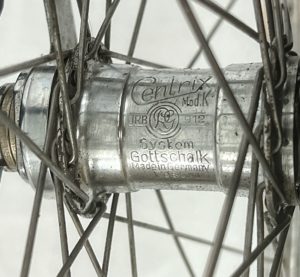

The Bianchi saddle is surprisingly comfortable, and has held up well for its age. As part of the restoration, I re-glued the cover to the undercarriage, since the original stitching holding it together had long disappeared. I’m glad I did not have to replace it with a new saddle, since it’s part of the original bike and Bianchi-branded.
 The frame shows what looks like a repair: the drive-side seat stay may have been re-brazed to the frame at some point. The evidence for this is the fact that all of the paint was removed from the area, and the underlying brass joint was visible. Whoever made this repair did a professional job, as the brass is exactly where it should be, without any extra mess. If this was painted over with a matching color, it would be completely indistinguishable from the original. The Bianchi-branded seat post binder is a cool detail, as well.
The frame shows what looks like a repair: the drive-side seat stay may have been re-brazed to the frame at some point. The evidence for this is the fact that all of the paint was removed from the area, and the underlying brass joint was visible. Whoever made this repair did a professional job, as the brass is exactly where it should be, without any extra mess. If this was painted over with a matching color, it would be completely indistinguishable from the original. The Bianchi-branded seat post binder is a cool detail, as well.
This was a fun little restoration that threw me a few curveballs, especially figuring out how to remove the Centrix coaster hub’s cog in order to replace broken spokes in the wheel. A big thank-you to the Sheldon Brown website for publishing Sutherland’s out-of-print guide to working on internally-geared hubs, which is where I found the answer to my conundrum. The bike is as simple as a fixed-gear but much easier to ride, and I’m glad to have given it a new lease on life and a new city to call home. Check out the gallery of hi-res photos, below.
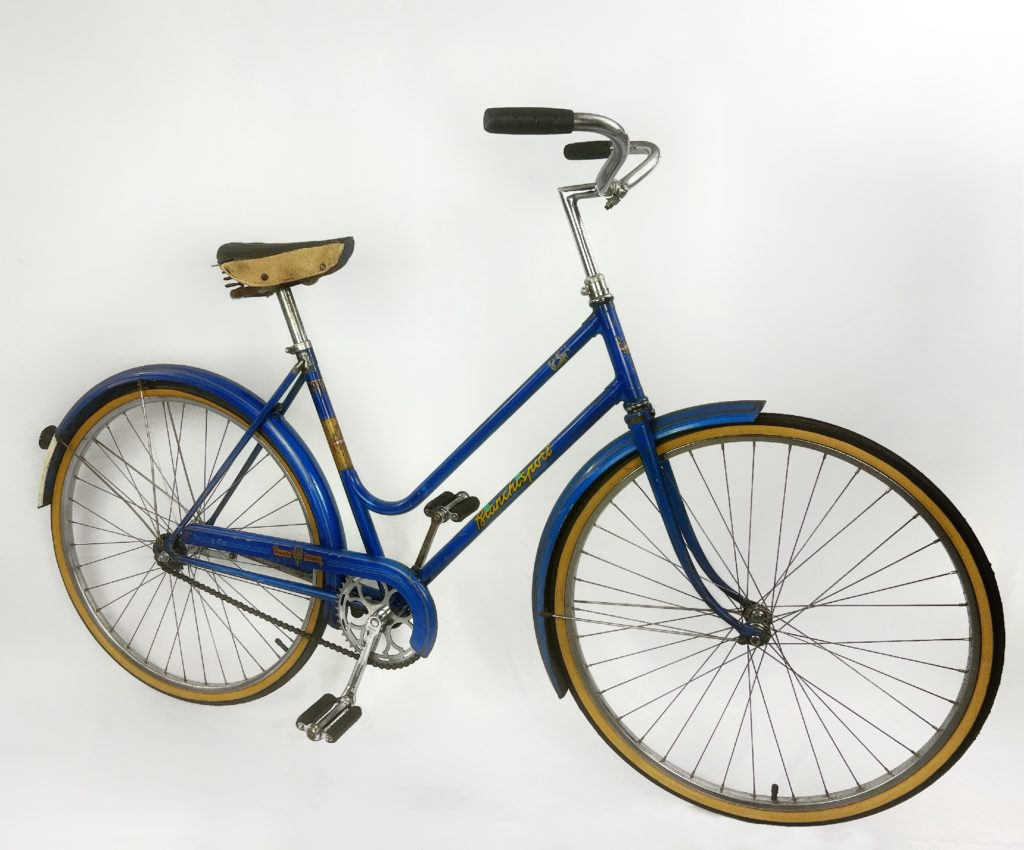

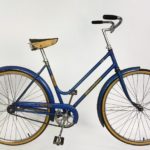
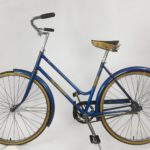
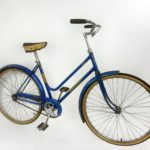
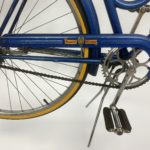


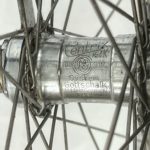

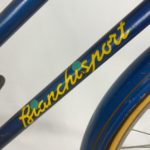


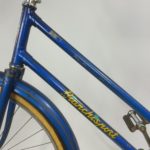
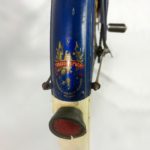
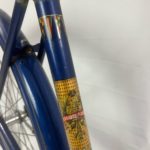
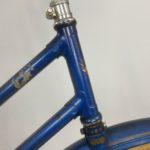
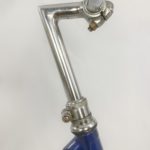

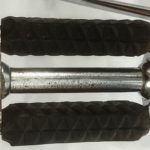
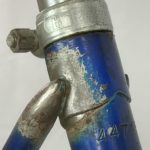
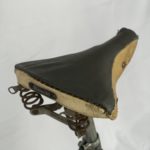
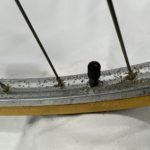
I have a similar if not exactly this same bike but in a men’s version. Very hard to find any information. Pricing and rarity of this bike. Any information would be appreciated. Thanks Ed Becker